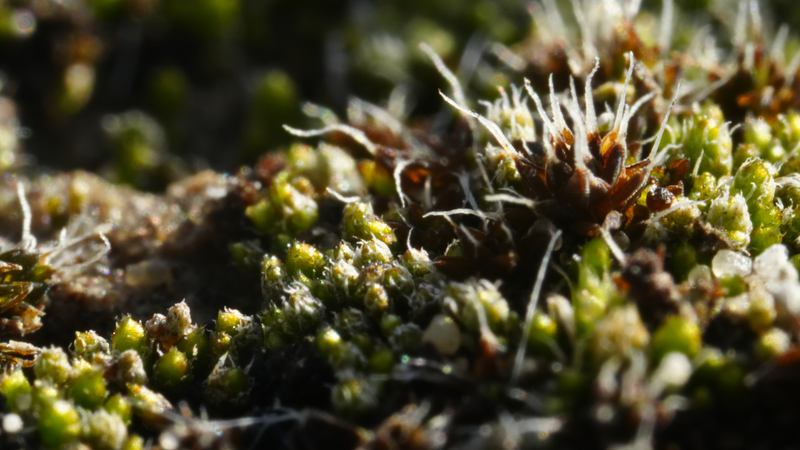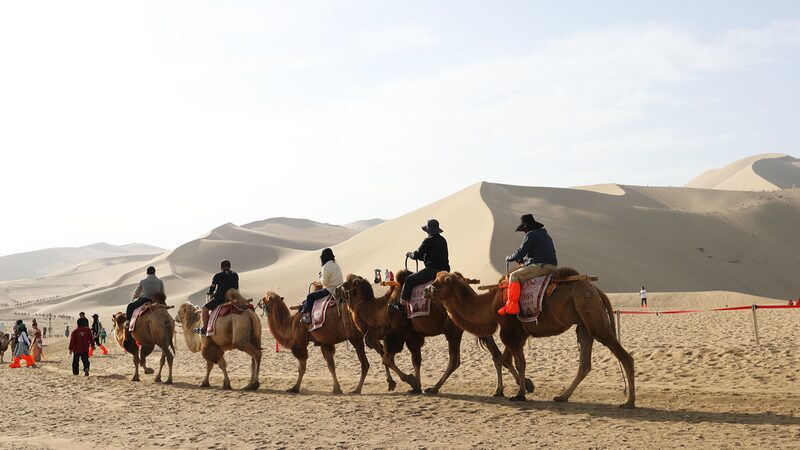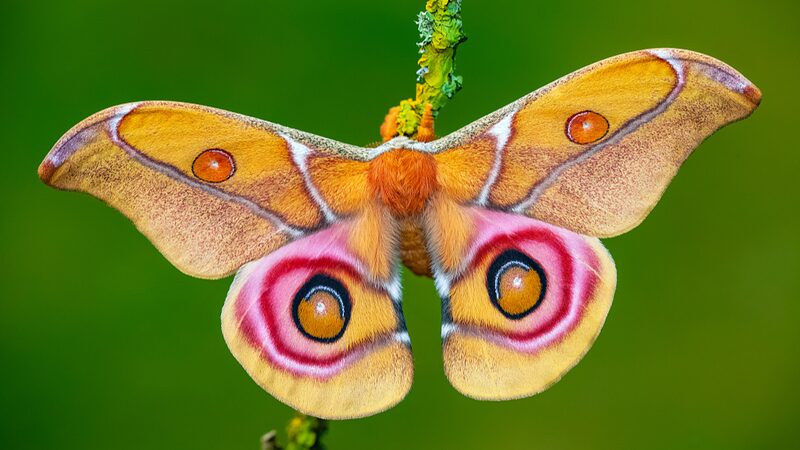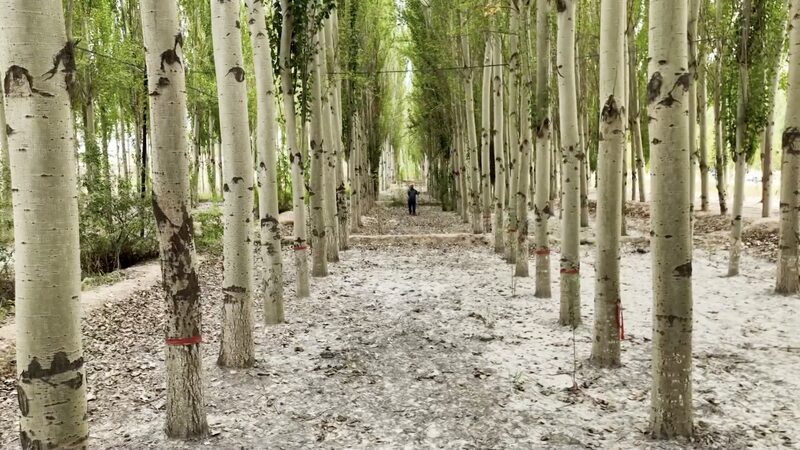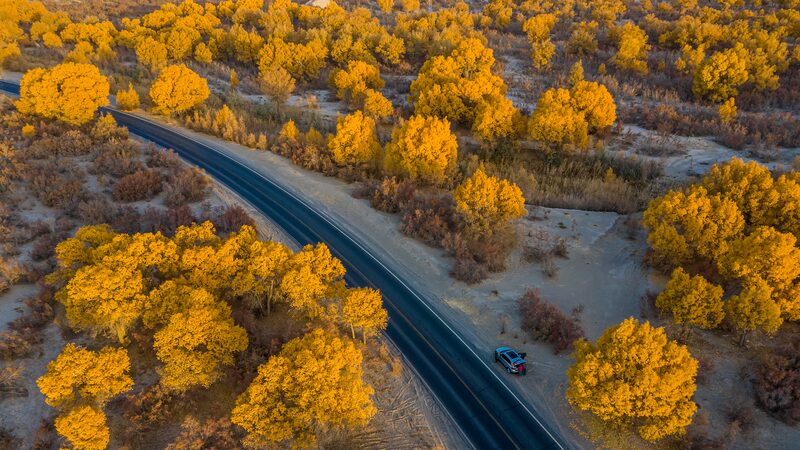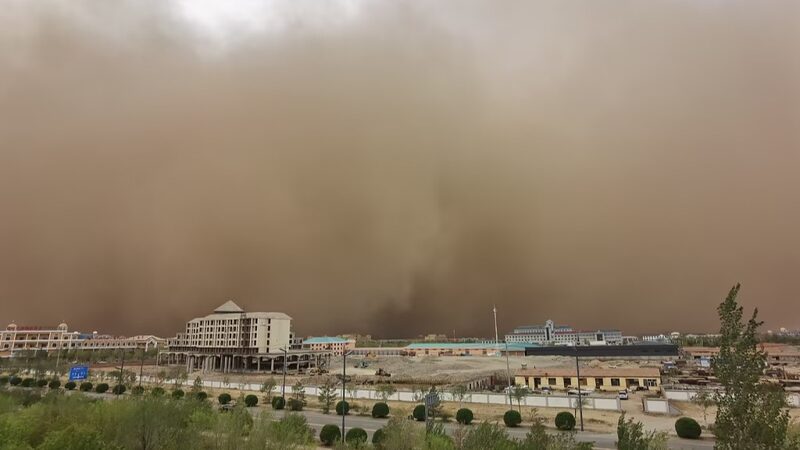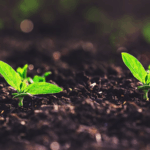Beneath the sweeping golden dunes of the Gurbantunggut Desert – a vast expanse in northwest China's Xinjiang Uygur Autonomous Region – lies an unassuming ecological marvel. What appears as mere darkened sand at first glance reveals itself under scrutiny to be biological soil crust: a resilient living layer composed of lichens, mosses, and cyanobacteria that serves as the desert's protective skin.
This fragile yet vital ecosystem engineer prevents sandstorms by stabilizing shifting dunes, retains moisture to support plant growth, and creates microhabitats for insects and microorganisms. Scientists estimate these crusts require 10-20 years to form naturally, marking a critical threshold in desertification reversal. Researchers across China and Central Asia are now studying methods to accelerate crust regeneration through microbial cultivation and controlled environmental interventions.
"These crusts represent nature's blueprint for sustainable desert management," explains Dr. Aikeremu Abula, an ecologist at Xinjiang University. "By understanding their formation processes, we develop nature-based solutions benefiting both environmental protection and local herding communities."
As climate change intensifies aridification across Asia, the preservation and replication of these biological networks could prove crucial in maintaining ecological balance in vulnerable regions.
Reference(s):
cgtn.com
